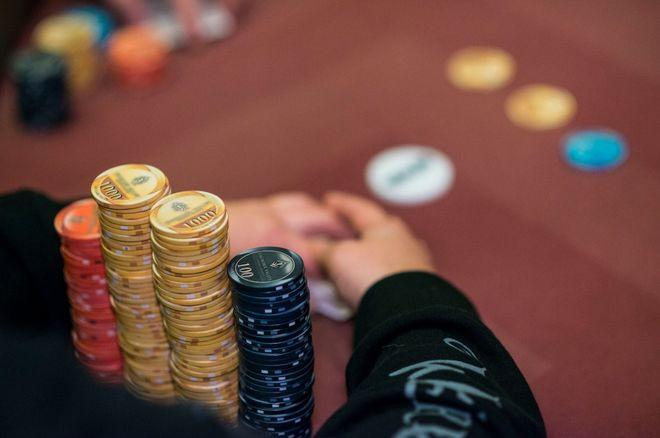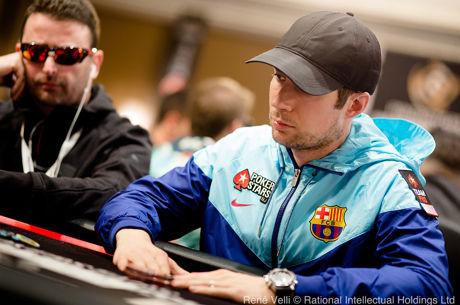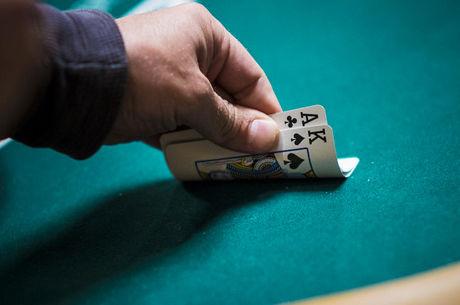Three Ways to Combat Overly Aggressive Players in Small Stakes Games

Ever since the early days of poker, the best players have known that the way to win is to be aggressive. Like most pieces of advice, this one eventually trickled down to the masses. Even in the small stakes games I play, I've started to notice a lot more aggression and have had to develop ways to combat it.
Luckily, most of these players are inexperienced aggressors who open themselves up to counter punches when they try to emulate better aggressive players. Here are a few ways I try to take advantage of these overly aggressive players.
1. Check-raising from early position
This is a play I use when I raise out of position and get called by multiple players. When this happens, I don't continuation bet the flop unless I have a hand with which I am willing to barrel off and not fold to a raise. Otherwise, I check to the players behind me to see what develops. If the action is too heavy after I check, I just get out of the way, but usually checking here opens up an opportunity.
In the small stakes games I play, players will call a c-bet with any pair or backdoor draw on the flop. They just want to see if they will improve on the turn. Therefore if I c-bet and am unable to double barrel into multiple opponents, I fall right into their plans.
If instead I check and an over-aggressive player bets last to act, I raise when the action gets back to me. The players in the middle usually cannot continue with the hands they chose not to bet with themselves and the player last to act is the one mostly like to bluff in a multi-way pot.
I often get folds immediately, but sometimes they get sticky, so I try to only do this when I have at least a few decent backdoor draws myself. I really like to balance these semi-bluffs with value hands that can beat top pair. The cool thing about it is that the check-raise usually prices out the draws, but can sometimes still get called by top pair since it kind of looks like a draw itself to many players.
2. Opening larger from late position
To combat over-aggressive three-bettors, I sometimes use a larger raise size of anywhere from 3 to 4 times the big blind when I am in late position or even middle position. I tend to do this less frequently from early position because there my range is so strong that I do not mind facing a three-bet.
A larger raise size makes it far more likely that any caller I get is one in the blinds. Also, the larger sizing handcuffs players with medium stacks because it makes it tougher for them to three-bet less than all in without committing themselves to calling a four-bet shove.
3. Open-shoving larger from late position
Most people begin to open shove once they get to around 10-15 big blinds. If I have over-aggressive players behind me who are capable of exploiting my light opens by jamming wide over me when I have a 16-20 BB stack, then I go ahead and open-shove those stack sizes as well.
I know players who would personally never dream of open-shoving a 20 BB stack. Believe me, I'm not in love with the idea either, but I find it much more appealing than raise folding 10 percent or more of my short stack with a hand that would have been a profitable open-shove according to the Nash charts.
The problem with this play is if you shove the weaker hands in the 16-20 BB range on the chart but not the stronger ones, then you will be very exploitable. Even worse, some of your shoves can become -EV because the strongest hands in the range protect the weakest ones.
Instead, what I do is raise-call my strongest hands, raise-fold enough of my worst hands to balance, and only shove the hands in the middle of the range since they are strong enough to stand on their own.
Conclusion
With the games so aggressive nowadays, some players in the small stakes try to copy better players they look up, fighting fire with fire. But invariably they do so in unbalanced ways. This opens them up to further counter-aggression which is something I frequently try to exploit.
In many instances, the player who puts in the last bet wins. I use these plays to try and set myself up to be that guy.
Photo: "Big Chip Stacks,�� World Poker Tour, CC BY-ND 2.0.









